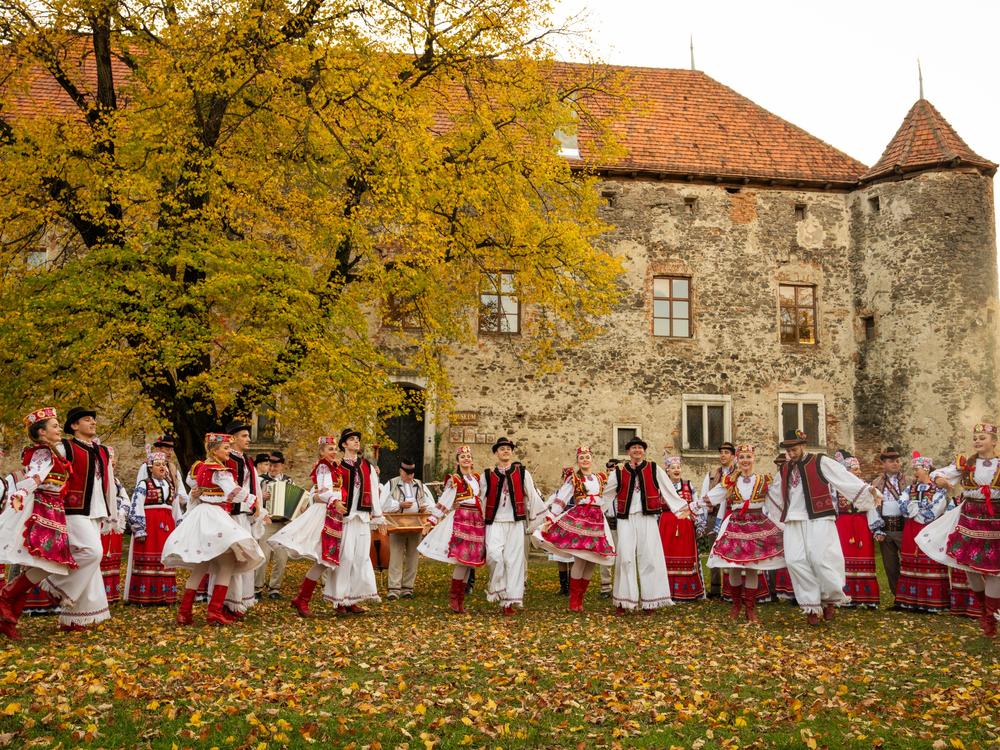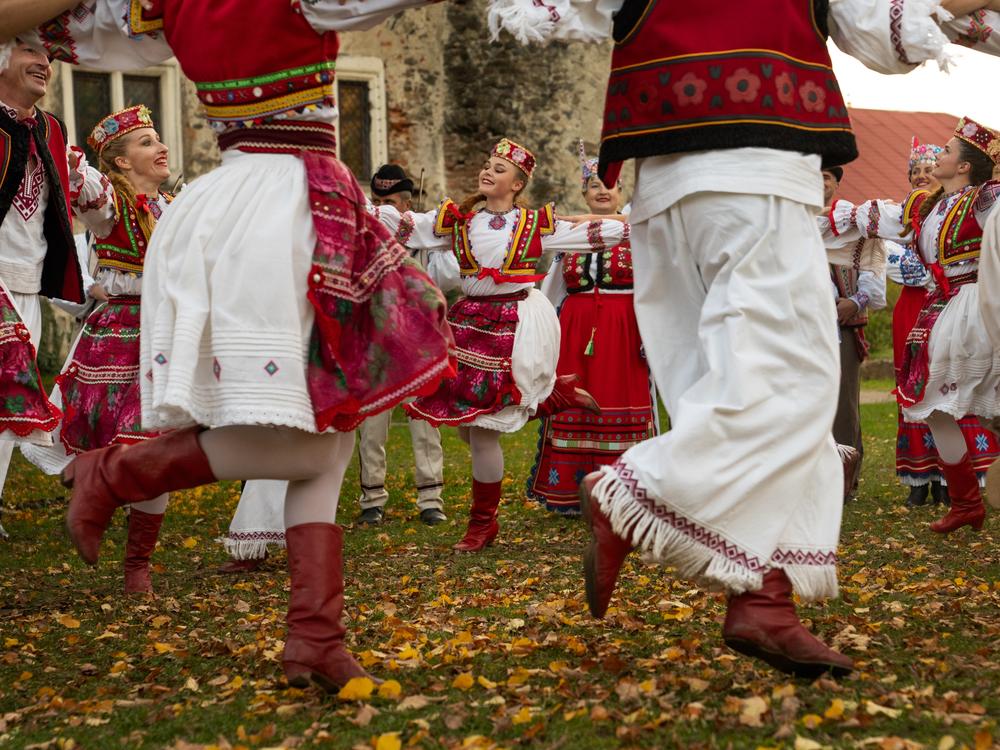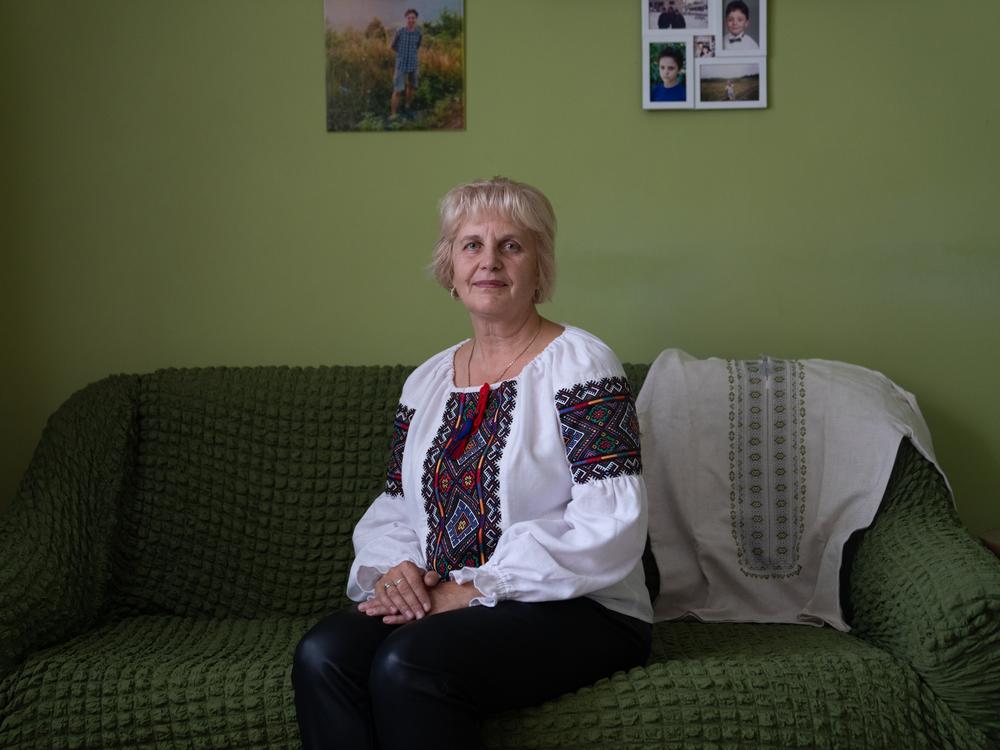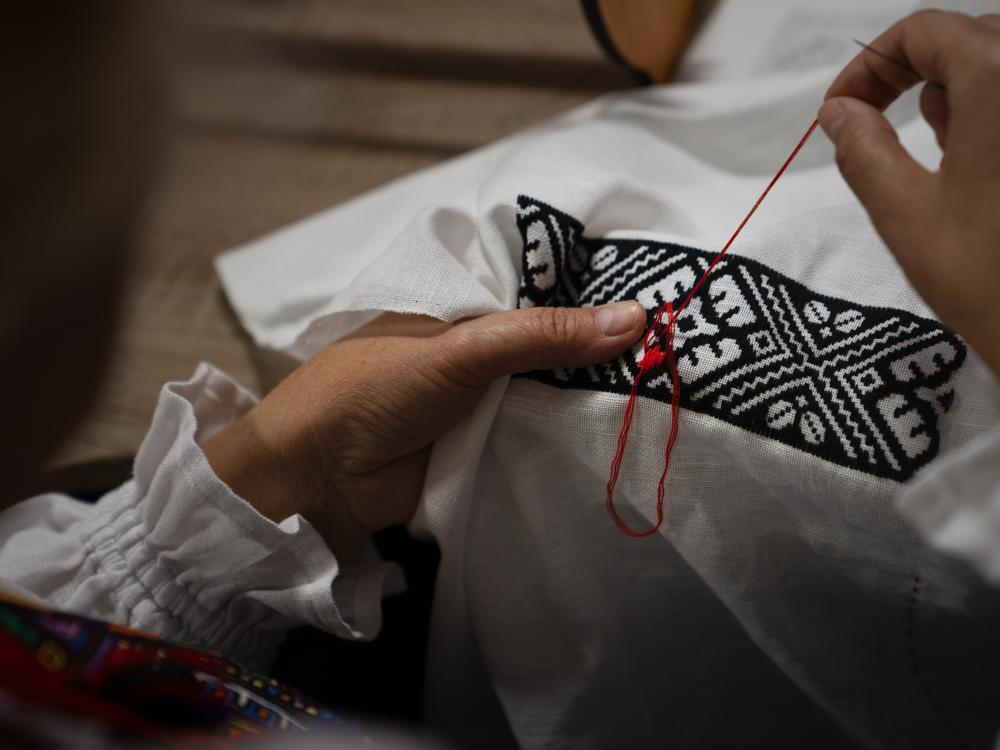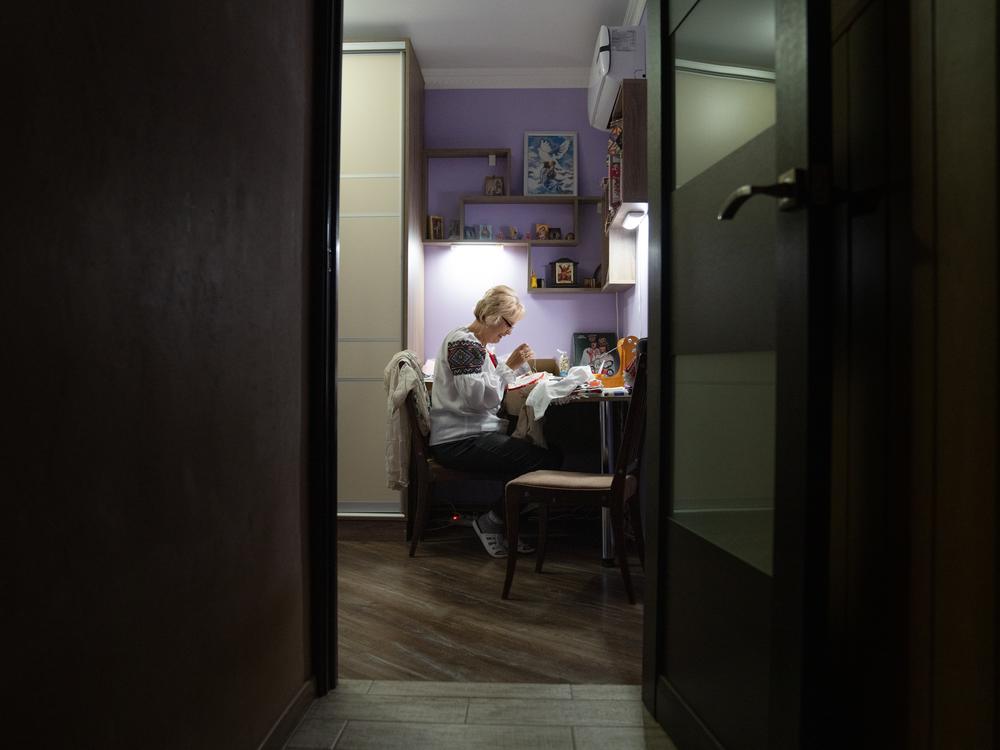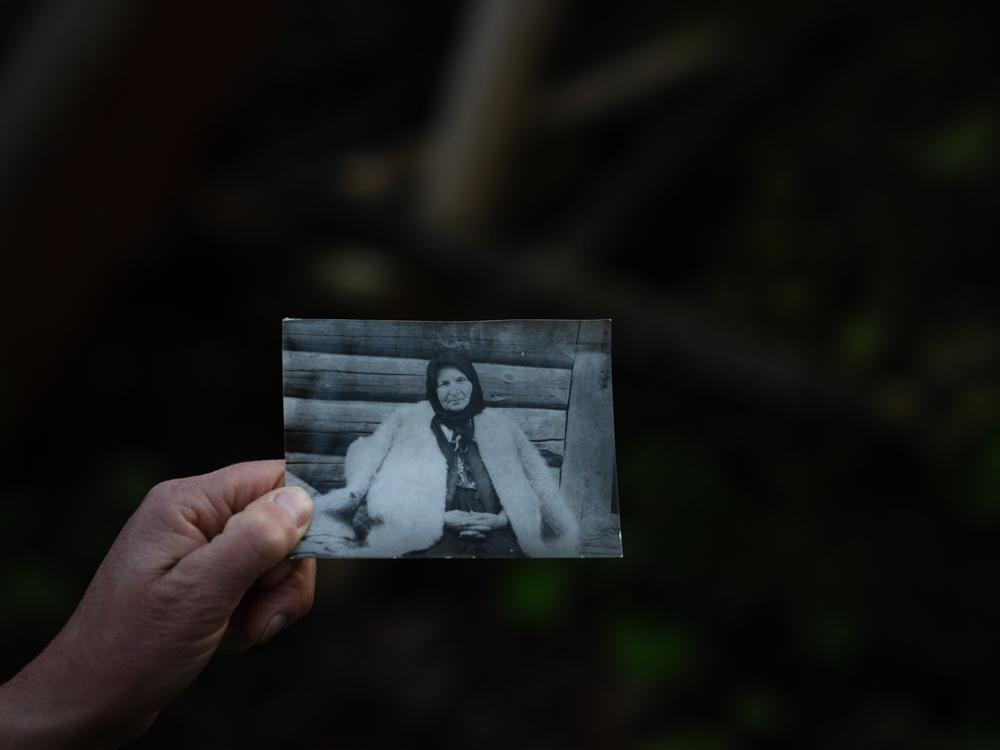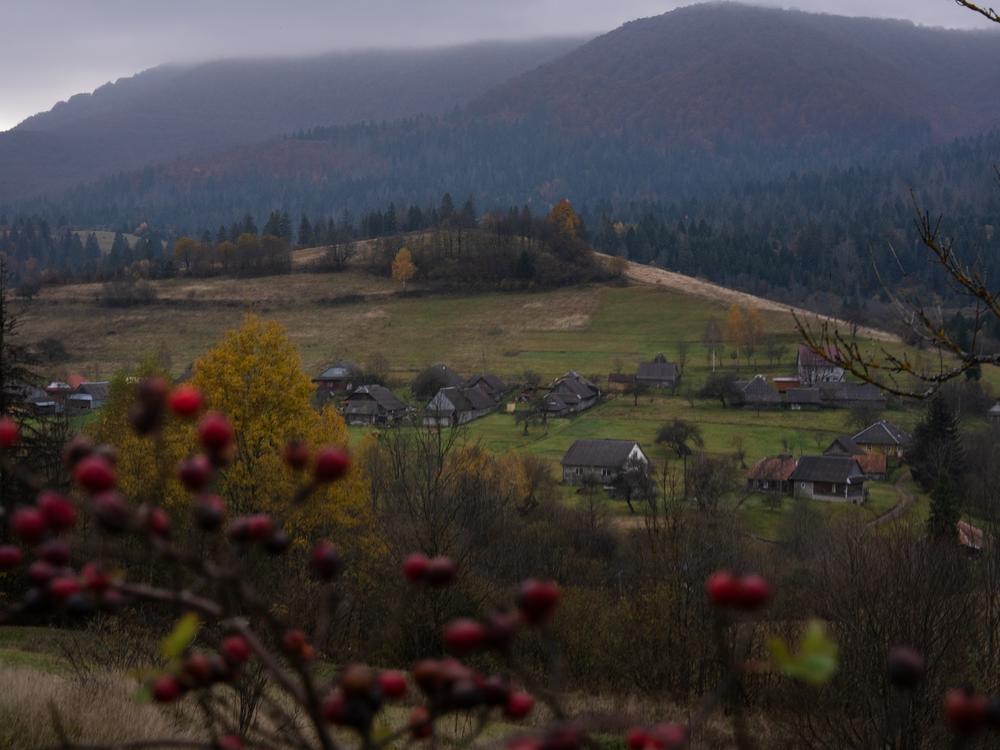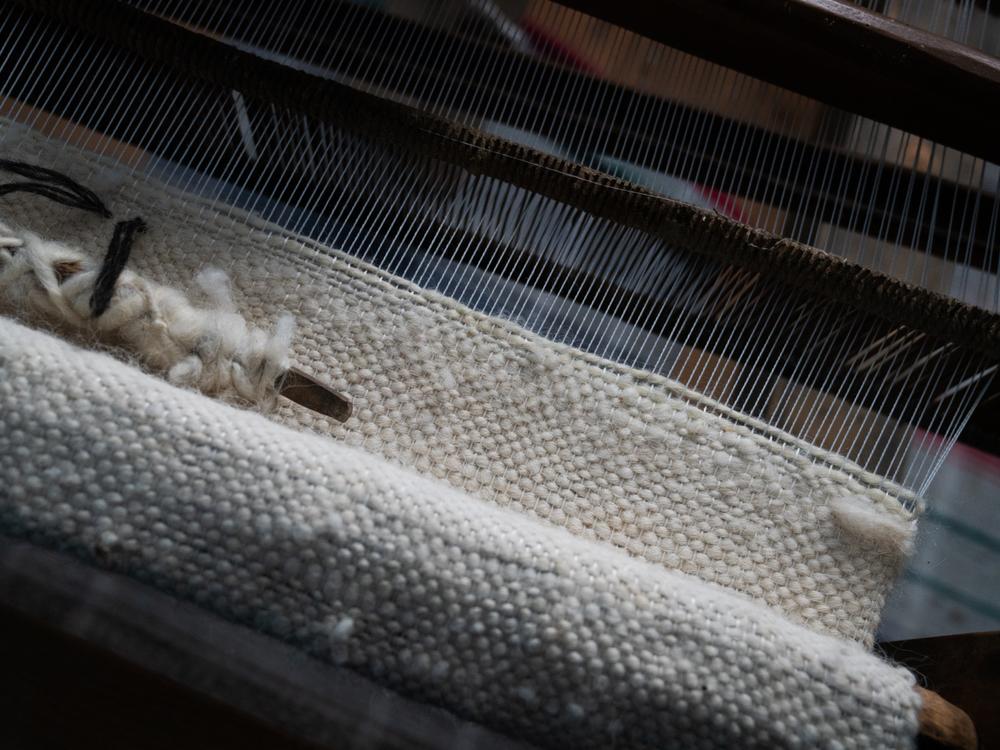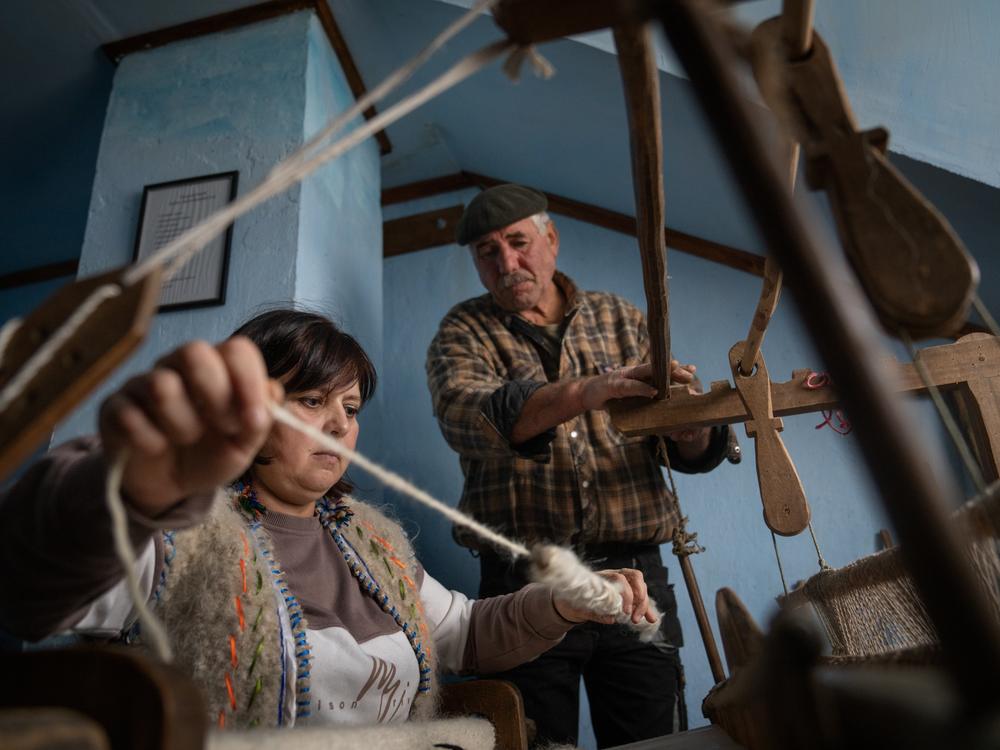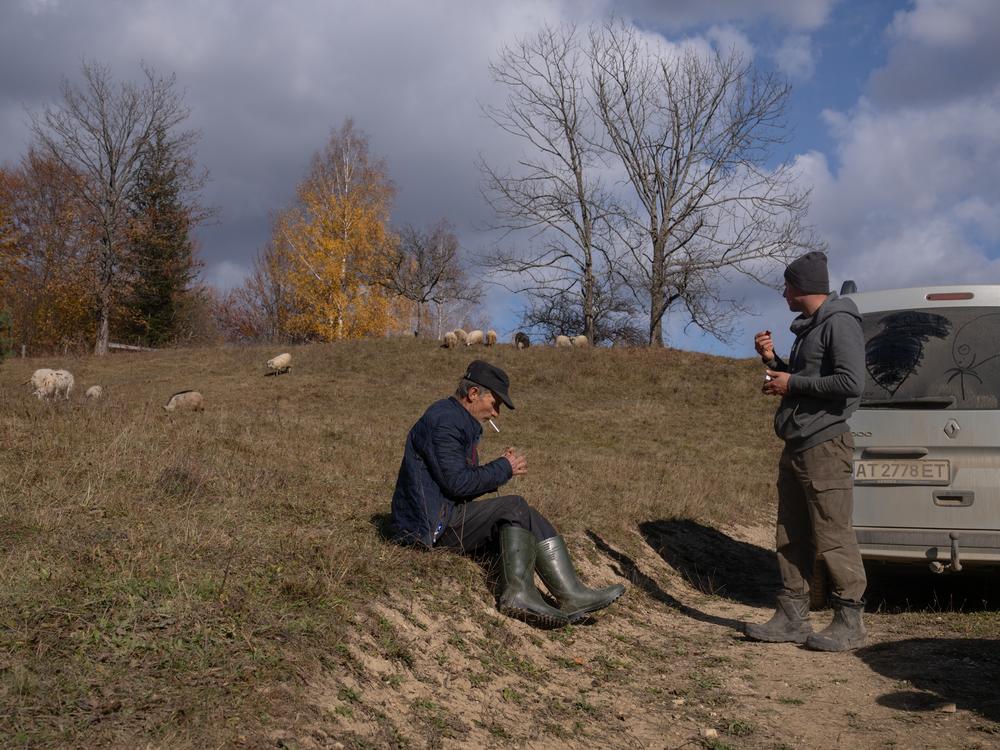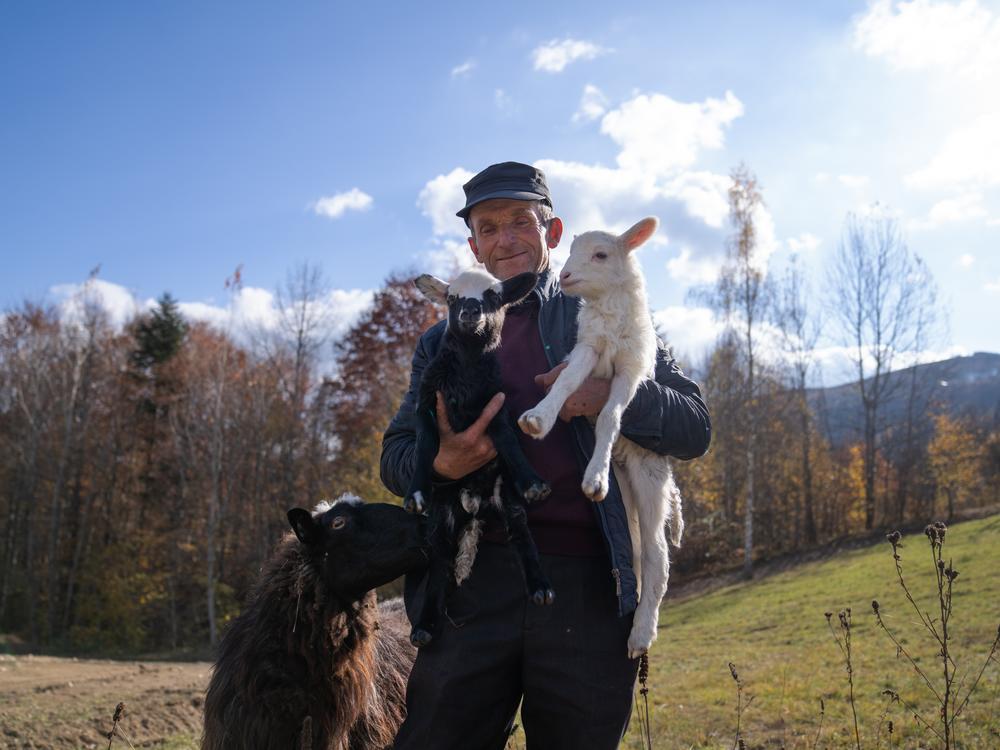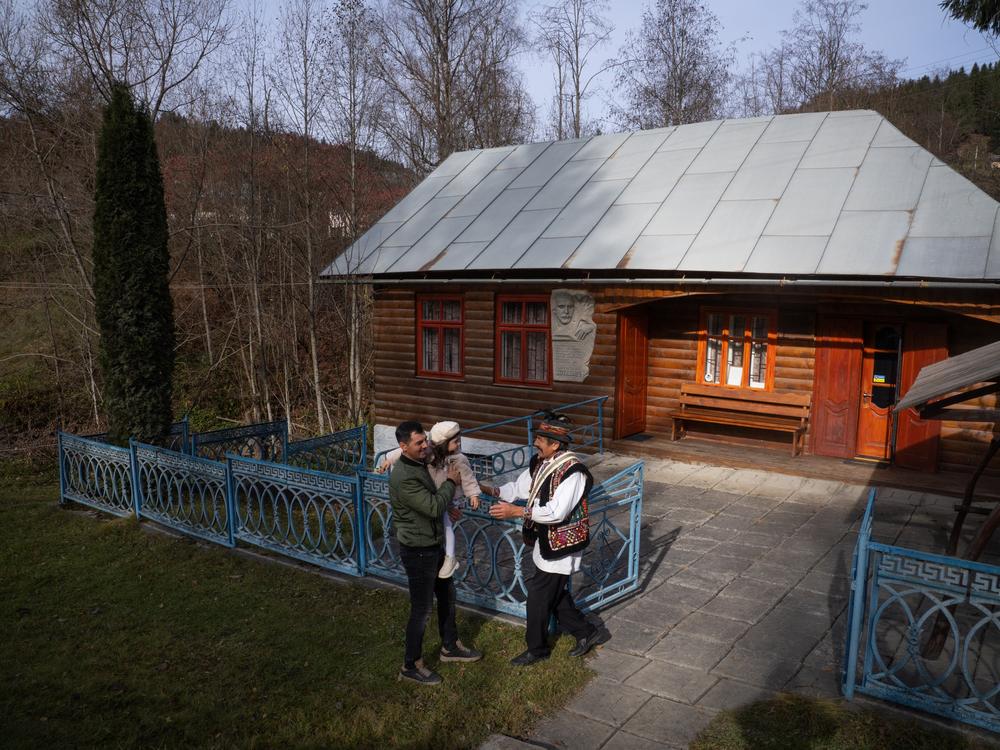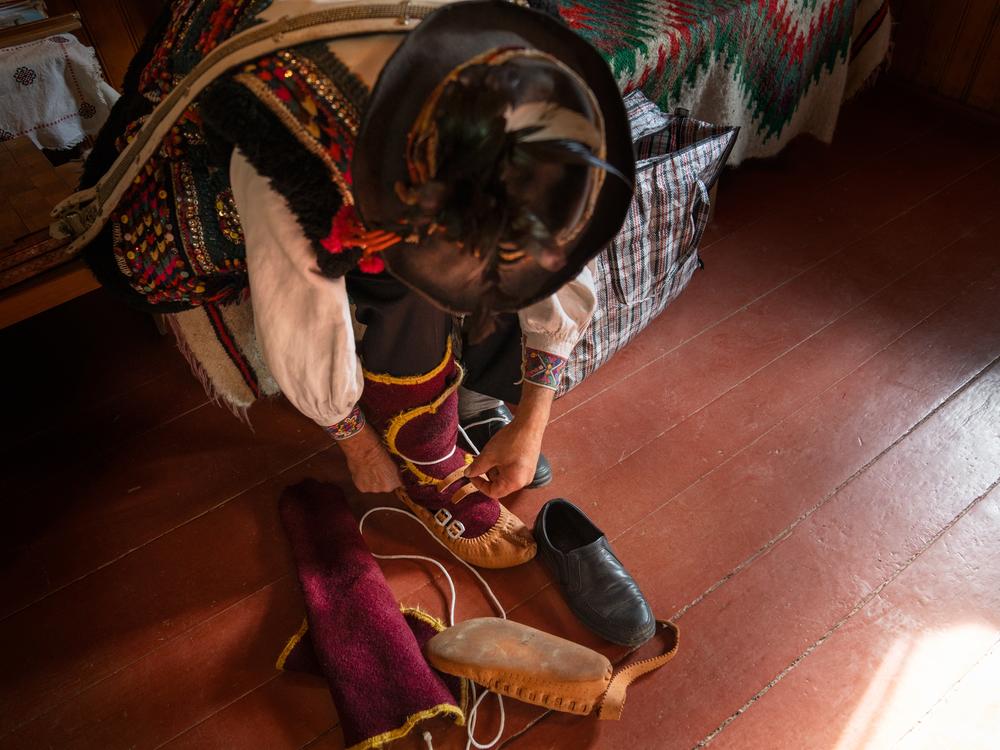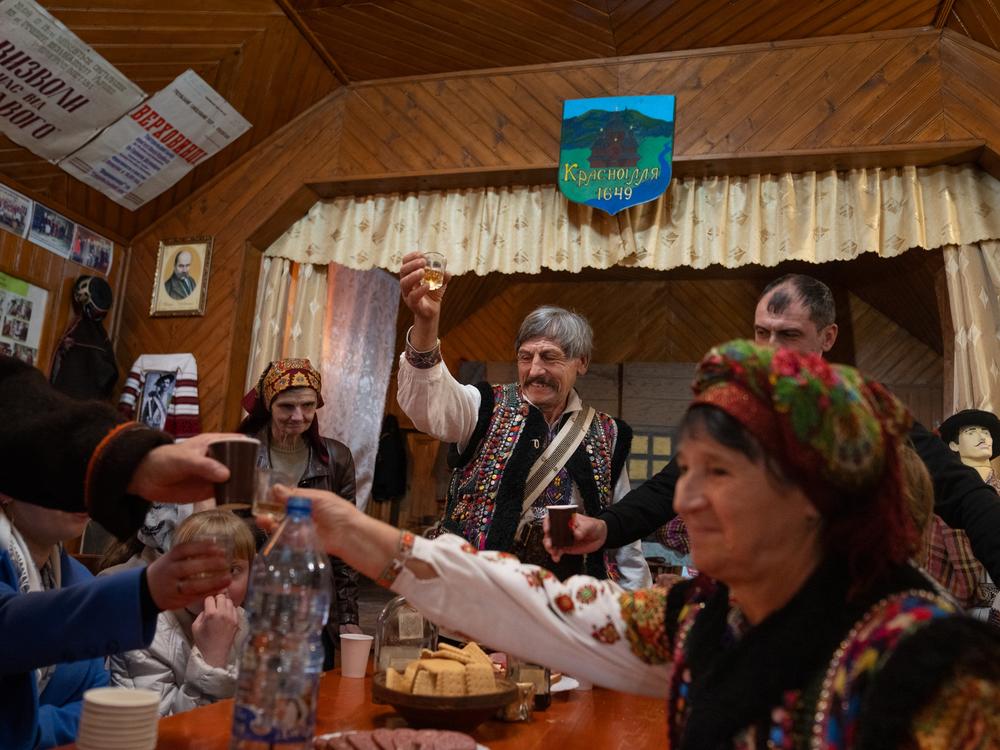Section Branding
Header Content
Far from the front lines, Ukrainians fight a war to preserve their culture
Primary Content
Loading...
In a remote region of western Ukraine, far from where the violent conflict of war with Russia is taking place and destroying human lives, Ukrainians are fighting a different type of battle: for culture and dignity.
Loading...
In this area of Transcarpathia, a historical region in Eastern Europe that is now primarily part of modern-day Ukraine, there are local residents holding onto their history, traditional lifestyle, crafts and cultural identity. After coming under threat during Soviet times, they face stark new dangers. Since Russian President Vladimir Putin launched a full-scale invasion of Ukraine in February 2022, Ukrainians have feared that he is determined to wipe out their culture and statehood. Millions of Ukrainians have left the country. Many others have joined the army — with many killed on the front lines — and war efforts have soaked up people's energy and resources. As they defend their territory from advancing Russian forces, many in Ukraine are also fighting to preserve a cultural heritage in peril.
Like many in this region, Joseph Bartosh, 67, believes he's fighting on a sort of cultural front line. "In 2000," Bartosh says, "my war actually started that year." That was when Bartosh started his effort to preserve the medieval St. Miklos Castle in the town of Chynadiiovo, Ukraine. When he began the project, the castle was in disrepair. He says he found signs that in Soviet times, it had been used as a horse stable, with a lack of respect given to its history.
Loading...
With the restoration well underway, the inside has already been transformed into a space for art exhibitions, community events and a museum where people can learn about the castle's history. During this visit by NPR, the Transcarpathian Folk Choir is performing in the castle's yard and filming for a music video, as Bartosh closes up for the day.
There are instances throughout Ukraine's history in which the people were spurred into action to preserve their culture. Villagers here remember the Soviet history of Ukraine as a time of erasure of unique regional traditions. Hanna Haiduk recalls her relatives having to hide their embroidered shirts, called a vyshyvanka, to save them from being destroyed by Soviet troops. "People were putting [vyshyvankas] inside of glass jars, sealing those jars, digging holes underground trying to hide those vyshyvankas there. And people were trying to save vyshyvanka for years for the next generations in this way," Haiduk recounts over tea in her kitchen.
Haiduk, 60, is from the Hutsul ethnic group, from a village in the Carpathian Mountains called Kosivska. She remembers learning to embroider as a child, alongside her whole community. They would often gather under one large tree in the village to work on communal projects, chatting and laughing together as she and other kids would help, and learning different embroidery techniques as their parents directed them. They embroidered towels, rugs and vyshyvankas.
Loading...
Haiduk passed her love of tradition to her eldest son, Taras. He was a tour guide, showing off regional culture to people from around the world. He was killed while serving in the Ukrainian army, just one month after the war began in 2022, at age 34. He was supportive of her work and, before his death, he was building a website for Haiduk, to help her sell her vyshyvankas. But he never got to finish it, she says. She recounts all this with tears in her eyes.
"The war touches everywhere in this country; it's a misconception that we are free from it here," Haiduk says.
But not every part of the region's cultural heritage has been successfully preserved, as the war has taken its toll.
Richka is known locally as the village that makes hunias, traditional fluffy wool coats. Olha Mys and her mother and sisters used to make hunias, but the tradition is dying out. Even before the war, Mys says, fewer people were producing and wearing hunias because of how time-consuming and meticulous it is to make them.
"It's not easy work to do this," Mys says.
Making a hunia takes months just to complete one coat. After gathering the sheep's wool, it is washed and dried in the sun, then combed and woven on a loom that takes up an entire room. The woven fabric is then washed for multiple hours in a valylo, a kind of natural washing machine that people construct on the side of a mountain stream. Valylos can only be used when the stream is very full and the water runs clear to keep dirt out of the materials. The hours of washing in the valylo helps with felting the woven fabric, creating a material that is dense and spongy.
Adding to the difficulties, the war has shrunk the population of Richka, as people have fled Ukraine altogether. Many people in the village, roughly counting their neighbors, estimate that over half have left since the war started nearly three years ago.
Loading...
Lubov Hychka, who still occasionally makes hunias, says that this population drop affects the materials she needs for the process.
"All those people that left because of the war, many of them had sheep, even despite the fact they weren't producing hunias," Hychka says. "When they left they sold their sheep or rented them to people in other villages, in other areas. Now if you want to start to produce hunia, you don't have this amount of choice [in wool]."
Traditionally, large flocks of sheep used to ramble through the Carpathian Mountains, spending summers on wide alpine meadows while shepherds lived alongside them. Now they dot the area, with usually just a few nibbling on grasses together on the outskirts of each village.
Loading...
Mikhailo Bilak, a man wearing knee-high mud boots, watches over his flock of more than a hundred sheep. He says he and his friend, Mykola Yakbuk, are some of the rare shepherds who still raise sheep in this way, grazing them near the village of Yavoriv.
Even on this remote mountaintop, the war still looms. At 59, Bilak has nearly aged out of the military draft, which goes up to 60, but the country's mobilization remains a threat.
"Pretty much if they mobilize me, these sheep will be packed immediately for slaughterhouse. Nobody will take care of them," Bilak says bluntly, before he runs after his moving flock down the mountain, waving goodbye and apologizing at the hasty exit.
A few villages away in Krasnoillya, a small wooden museum is tucked into a valley that curls around a flowing stream, between the pine-covered peaks of the mountains. In the museum, actors who perform Hutsul theater are having a modest feast after rehearsal. A variety of cured meats and cheeses are stacked on thick, buttered slices of white bread.
Their kind of theater was created over 100 years ago based on the culture and stories of the Hutsul ethnic group, who live in these mountains. The theater nearly went extinct during both World War I and II, but each time, after a long hiatus, dedicated enthusiasts revived it once the wars ended. During the current war, they have fewer shows and rehearsals, but still on an average Sunday in early November they were able to gather a handful of performers to rehearse.
"I don't think that it can cease to exist this time," says Roman Sinitovych, the museum director and one of the actors in the troupe. He says this is because people have learned from the past. They care more about preserving cultural identity during this war. Sinitovych served in the territorial defense in eastern Ukraine's Donetsk region during the first year of Russia's full-scale invasion, but upon returning home, he went straight back to acting.
Loading...
The difficulties during wartime never dampen his optimism.
"Many people say, 'Oh, it's a war now, it's a difficult time. Why do you need plays? Why do you need to perform?' But you know actually we need, because those are the things that unite us, that keep us together."
They pour shots of a local alcohol made with galangal, making enthusiastic toasts to meeting, to friendship and to love. And one last time before parting, the sweet notes of a flute waft through the air. The group embraces, singing and spinning in a large circle, round and round until they merge into a blur.
